Vastu & Ventilation: Designing Eco-Friendly Airflow for Healthy Bengaluru Homes
Discover how Vastu ventilation Bengaluru principles combine with modern sustainable design for optimal, eco-friendly airflow. Whitel Architects creates healthy, naturally cool homes.
8/5/20254 min read
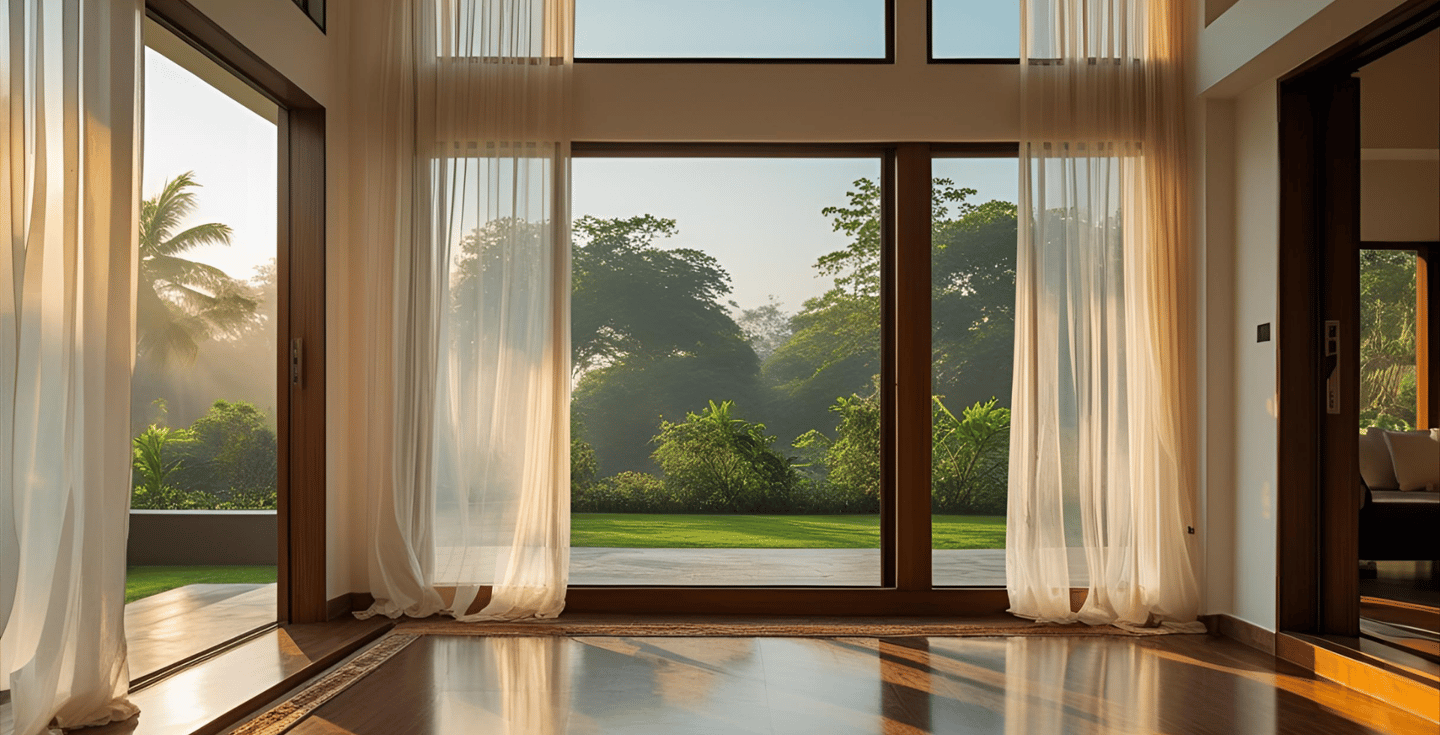

In Bengaluru's bustling environment, where the air can feel heavy and humid, effective ventilation isn't just about comfort; it's about health. But what if your home's airflow could also be a source of positive energy, guided by ancient Indian wisdom, and achieved through cutting-edge sustainable practices?
At Whitel Architects, we believe in harmonizing traditional principles with contemporary design. This post explores the fascinating synergy between Vastu Shastra and eco-friendly ventilation strategies, showing how we design for optimal, natural airflow in Bengaluru homes. Discover how to create interiors that are not only healthy and cool but also imbued with positive energy.
The Importance of Airflow: Beyond Just Comfort

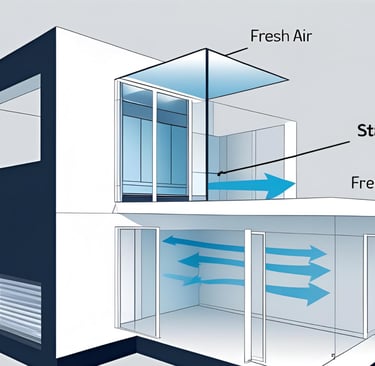
Good ventilation is crucial for a healthy living environment. Stale indoor air can trap pollutants, allergens, and moisture, leading to:
Poor Indoor Air Quality (IAQ): Contributing to respiratory issues, headaches, and fatigue.
Moisture Buildup: Leading to mold growth and unpleasant odors.
Heat Trapping: Making spaces feel stuffy and uncomfortable, increasing reliance on air conditioning.
Both Vastu Shastra and sustainable design emphasize the flow of natural elements, including air, for well-being.
Modern Sustainable Ventilation: Harmonizing with Vastu
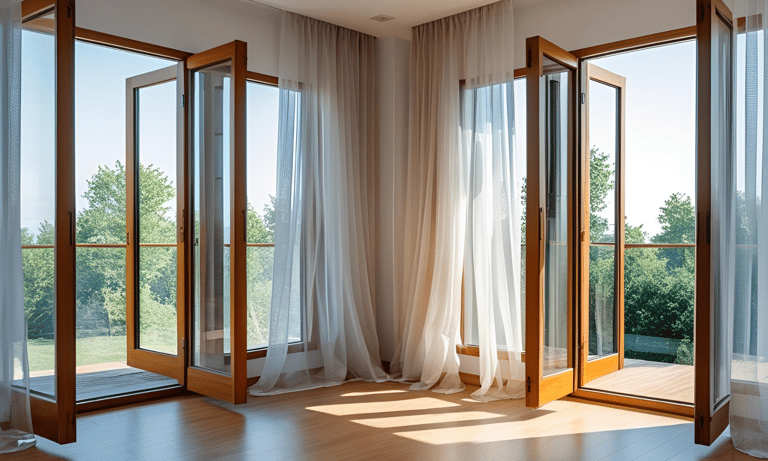

1. Maximizing Natural Cross-Ventilation
How it works: Designing openings on opposite walls for clear air paths, aligning with Vastu's free-flow principle.
Benefit: Reduces need for mechanical cooling, lowers energy bills, naturally flushes stale air.
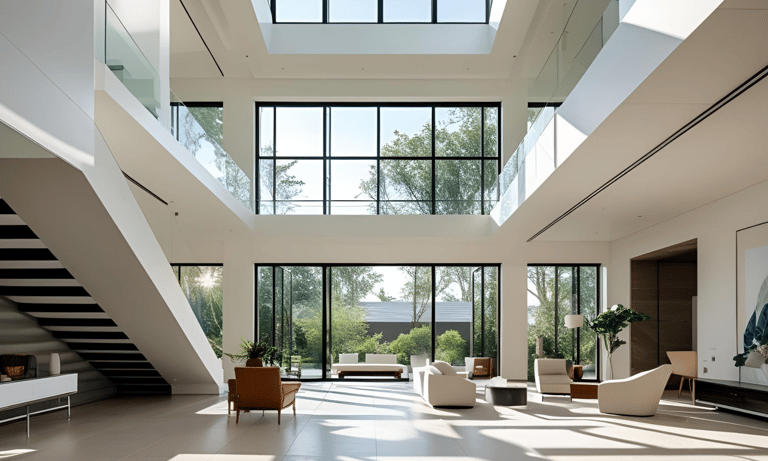

2. Incorporating Stack Ventilation (Chimney Effect)
How it works: Taller spaces or high vents allow hot air to rise and escape, pulling in cooler air from below.
Benefit: Provides continuous airflow, effective in Bengaluru's warmer months, keeps interiors naturally cool.
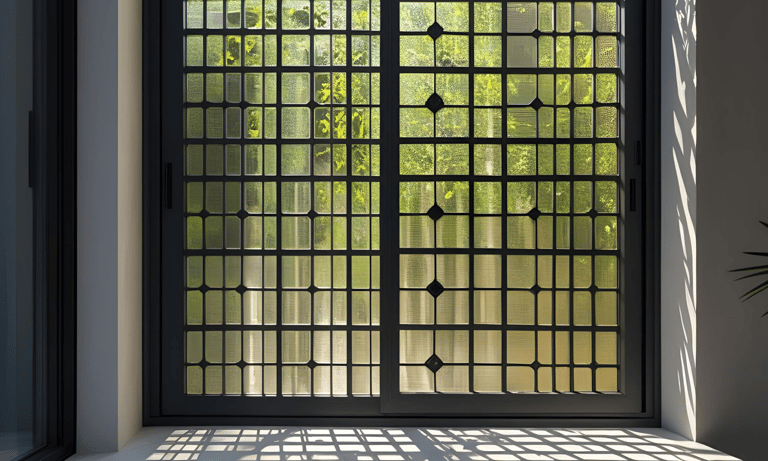

3. Smart Window & Door Choices
How it works: Operable windows and Jali screens allow controlled air and light, maintaining privacy.
Benefit: Flexible airflow control, enhanced security, beautiful traditional aesthetic with sustainable function.
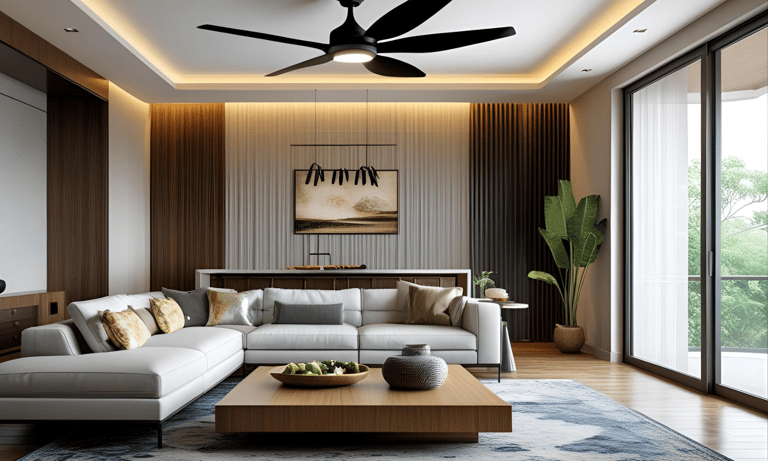

4. Energy-Efficient Fans & Exhaust Systems
How it works: Efficient ceiling fans and targeted exhaust systems remove moisture and odors.
Benefit: Ensures comfort and air quality even with low natural breezes, targeted ventilation where needed.
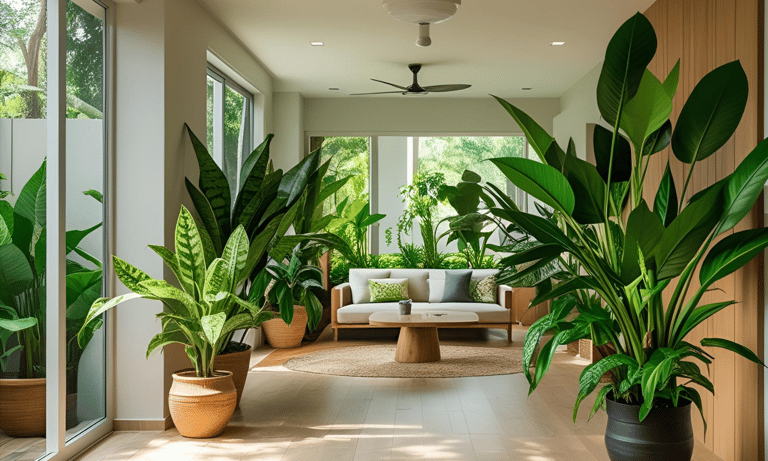

5. Biophilic Integration for Air Purification
How it works: Incorporating indoor plants known for air-purifying qualities.
Benefit: Naturally filters indoor air, adds oxygen, connects residents to nature, enhancing well-being.
Whitel Architects: Breathing Life into Your Bengaluru Home


At Whitel Architects, we understand that a truly comfortable and healthy home is one that breathes. Our expertise lies in seamlessly integrating Vastu-inspired principles with cutting-edge sustainable design to create optimal airflow in your Bengaluru residence.
We meticulously analyze your site's orientation, wind patterns, and Vastu considerations to design a ventilation strategy that is both effective and harmonious. From strategically placed windows and passive cooling techniques to the thoughtful selection of materials, we ensure your home is a sanctuary of fresh, clean air and positive energy.
Conclusion
Effective ventilation, guided by the wisdom of Vastu and enhanced by sustainable design, is fundamental to a healthy and comfortable home in Bengaluru. By focusing on natural airflow, you not only reduce your energy consumption but also create an environment that supports your physical health and mental well-being.
Let your home breathe freely, inviting positive energy and fresh air into every corner.
Vastu Shastra: Ancient Wisdom for Air Circulation

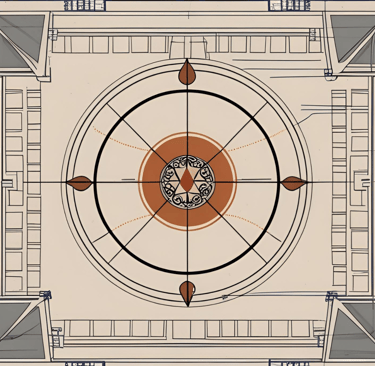
Vastu Shastra, the ancient Indian science of architecture, places immense importance on the direction and flow of energy (Prana) within a space. This includes the movement of air. While Vastu doesn't explicitly mention "ventilation systems" as we know them today, its principles inherently guide designs that promote natural airflow:
Openings & Directions: Vastu often suggests placing openings (windows, doors) in specific directions (e.g., East for morning sun and fresh air, North for cool breezes) to invite positive energy and natural elements.
Courtyards (Aangan): Traditional Indian homes frequently feature central courtyards. These act as natural ventilation shafts, drawing hot air upwards and out, while pulling cooler air in.
Room Placement: Positioning rooms like kitchens (which generate heat and odors) strategically to allow for easy expulsion of stale air.
Cross-Ventilation: The fundamental Vastu principle of allowing energy to flow freely through a space naturally encourages cross-ventilation, where air enters from one side and exits from another.
Design
Innovative architecture and engineering solutions nationwide.
Contact
get call back
© 2025. All rights reserved.
